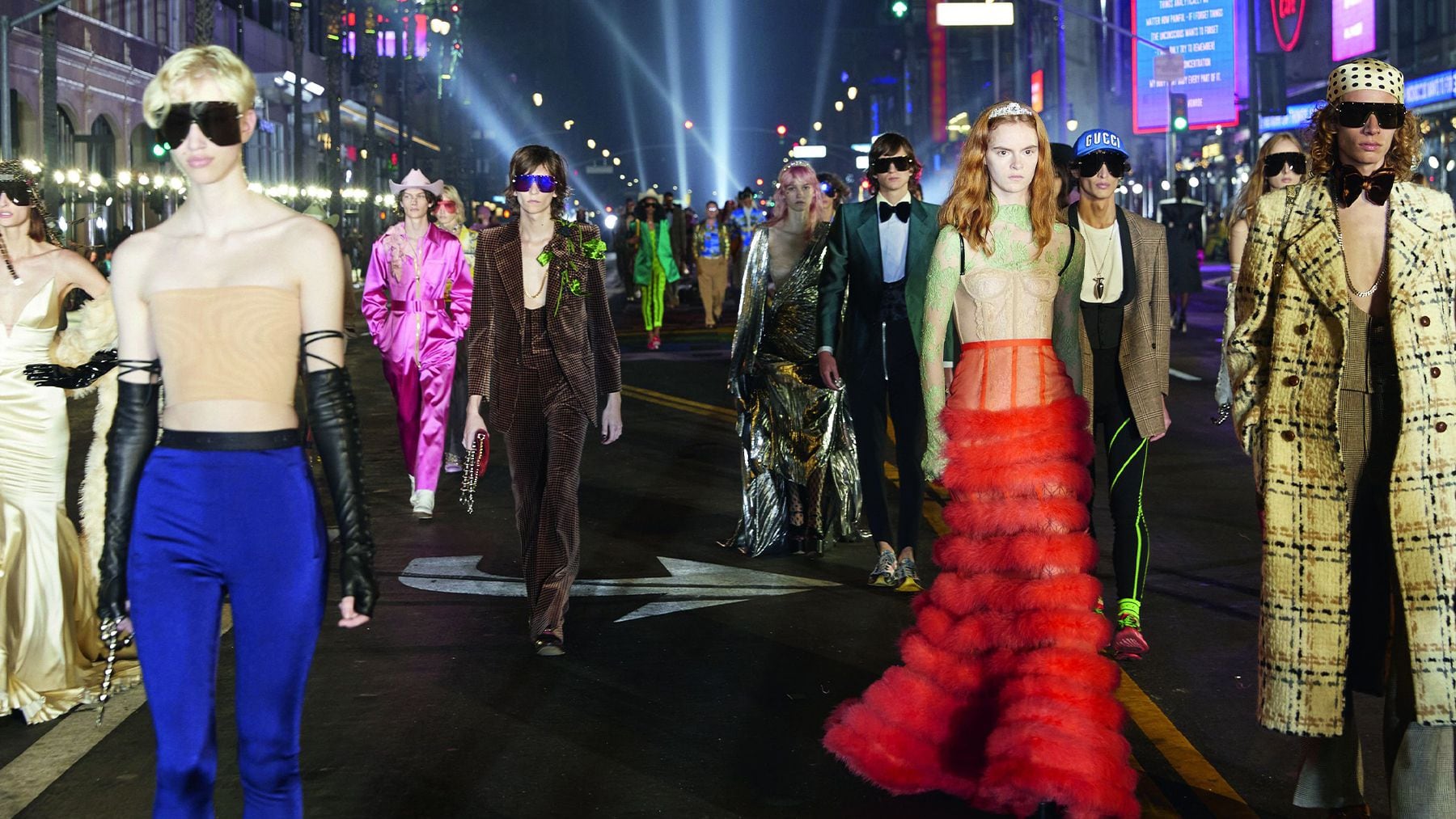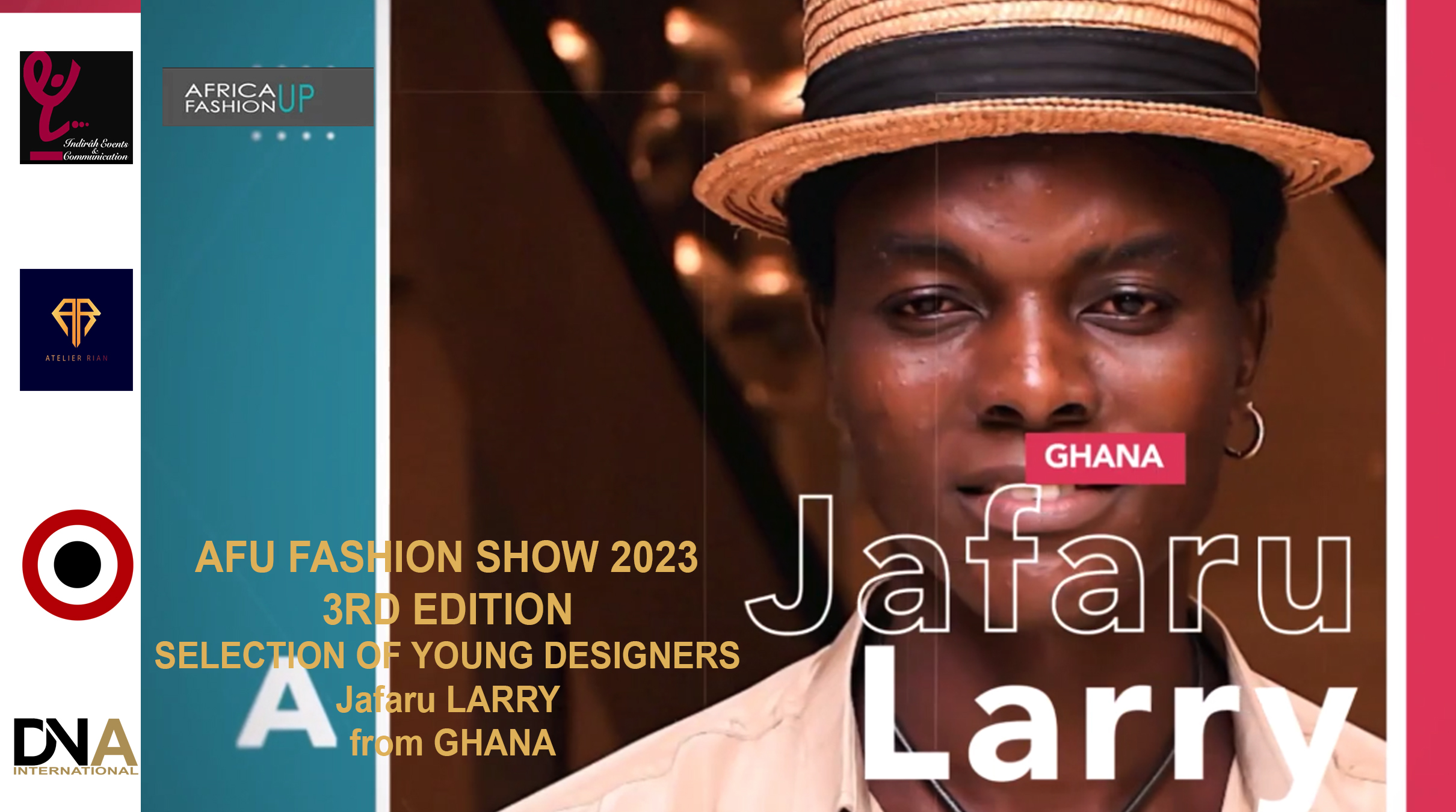Kering’s Game Plan for 2022
PARIS — Kering marked a milestone in its rebound from the coronavirus crisis Thursday, reporting that its anchor brand Gucci was now growing by double-digits above 2019′s pre-pandemic levels.
The past two years had made for rough going at the Italian fashion giant, whose dependence on travel retail and discount-prone wholesalers was laid bare during the pandemic. So the news was a key signal to markets that the French group could still deliver on its promise of a “soft landing” at Gucci after years of explosive growth under designer Alessandro Michele and chief executive Marco Bizzarri.
Other brands in Kering’s stable continued to surge ahead as the group reported sales and profit: Saint Laurent’s retail revenues rose by as much as 61 percent over 2019 levels during the fourth quarter, while operating margins climbed to a record 28.3 percent for the year. Bottega Veneta and the group’s ‘Other Houses’ division, which includes Balenciaga and Alexander McQueen, also reported rapid growth.
For the year, Kering’s revenue rose 35 percent year-on-year to €17.7 billion ($20 billion), up 13 percent compared to 2019′s pre-pandemic levels. “All of our houses are stronger than ever before,” chairman and chief executive François-Henri Pinault said.
The group’s two-year growth is three times faster than the wider market for personal luxury goods, which grew 4 percent over 2019 levels last year according to consultancy Bain. But it still lags far behind its rival conglomerate LVMH, whose fashion and leather goods division closed the year up by 42 percent over 2019, powered by Louis Vuitton and Dior.
For Kering, a group that has long positioned itself as a fast-growing challenger to LVMH and Swiss group Richemont, there is still work to do. In a series of meetings with investors, analysts and the press Thursday, Pinault laid out a game plan for Kering’s next chapter.
No More Online Wholesale
The luxury groups that have been most resilient since the pandemic have been those who rely little, or not at all, on third-party retailers for distribution, as the pandemic made direct relationships with clients, omni-channel services, consistent pricing and close monitoring of stocks even more critical than ever.
Kering has taken notice, and is moving to more radically slash its exposure to wholesale, accelerating a focus on retail that began before the pandemic. At Gucci, wholesale revenues remain down 39 percent since 2019 even as sales bounce back, thanks in part to a retreat from US department stores that is likely to continue in the year to come.
Gucci may still be present in some department stores, but via concessions controlled by the brand rather than wholesale. Kering’s fast-growing smaller units like Alexander McQueen and Balenciaga are also ramping up their focus on retail stores and concessions.
The acceleration away from third-party sellers will be even more keenly felt in e-commerce. “We’re stopping all online wholesale for our brands,” Pinault told reporters, citing frequent discounting by e-tailers. Going forward, Kering wants to sell only on its brand’s own websites or through “e-concessions” on multi-brand sites. (The term refers to deals that allow a label’s products to appear on an e-tailer’s website while still retaining control over stocks, pricing and product presentation).
‘Sun Belt’ Expansion in the US
Kering plans to review its store footprint in the United States, which was the luxury industry’s fastest-growing market last year. Pinault was fresh off a trip with top managers to hunt for potential new locations in cities including Atlanta, Charlotte, Nashville and Austin: “Sun Belt” hubs where the consumer economy has sharply accelerated (in part due to families and companies relocating to warmer, less expensive climes since the pandemic), but which remain comparatively underserved by luxury boutiques.
“These cities have changed structurally, it’s not just a spike,” Pinault said.
But even if the money is there, the infrastructure required for luxury retail isn’t: “There’s still some work to do to convince the landlords to get the malls back at the right level,” he said. The company declined to say exactly how many new stores it hoped to open in the US.
Timeless Style, Iconic Products
During its boom years from 2016 to 2019, Kering became known for its bold, designer-led revamps at Gucci, Balenciaga and Bottega Veneta. Pinault often cited the group’s strategy of rolling out its creative directors’ visions to every part of its brands — from the runway to commercial products, campaigns and store concepts — as driving growth.
But since the pandemic, luxury shoppers have flocked to blue-chip items seen as never going out of style, like Chanel flap handbags and Hermès Birkins, while more seasonal propositions lagged behind.
Kering now seems to be tweaking its mix between novel creative concepts and building greater awareness of classic products and iconic codes at each of its houses. At the very least, Pinault is calling more attention to the latter part of the equation.
“Gucci isn’t just about creative seasonal introductions,” he told one analyst. “Gucci is about codes, craftsmanship, values and iconic lines.”
The company cited Balenciaga — which revived its haute couture activity last year, as well as issuing a collaboration with “The Simpsons” — as exemplary of the group’s desired approach to balance heritage and innovation.
“Designers are still very important. They are the ones who animate the iconic codes,” Pinault said. “But you need a balance between creativity and timelessness. It’s about being able to play with both.”
Expanding in Menswear
Kering said it saw high potential for its brands to increase the share of men’s products in their business.
That the menswear market was seen as under-penetrated for the group might come as a surprise, as it’s been credited with welcoming a new generation of men to the luxury market with items like Saint Laurent low-top sneakers and Gucci monogram cross-bodies and bucket hats. In the 2010s, Kering’s brands were among the first to ease luxury’s reliance on formal shoes, tailoring and neckties for men.
Now, Gucci and Saint Laurent are set to renew their efforts in the category after focusing more on womenswear in recent years, Pinault says.
An even split between men and women, such as is currently the case at Balenciaga, has traditionally been seen as undesirable, indicating a weak business in women. But times have changed, and the importance of men to the fashion business continues to grow.
A 50-50 split can be “perfectly healthy” Pinault said. For the other brands, “That isn’t the target; the split will be what it will be. But we believe at Gucci there’s room for menswear to increase its share significantly.”
Moving Upmarket
Luxury brands including Chanel and Louis Vuitton have raised prices repeatedly, and dramatically, since the pandemic. Kering has raised prices too — including twice at Gucci last year — but the hikes haven’t been as big.
Price hikes to offset increased materials and transportation costs are likely to continue in 2022, though Kering wouldn’t say by how much. The biggest increases aren’t likely to come from like-for-like increases on individual products, the company said, but from gradually ramping up the focus on more sophisticated, high-value items in each brand’s product mix.
Kering seems to be mindful of not letting its brands’ positioning from slipping too far behind other luxury names, all while remaining cautious about the risks of pivoting to top-end clients too quickly. It’s pushing upward, as with the introduction of haute couture at Balenciaga and high jewellery at Gucci, but gradually. “You have to build legitimacy in these categories,” Pinault said.
Acquisitions Top of Mind
Pinault said January’s trading had been in line with the strong growth during 2021′s fourth quarter, and that he was optimistic for strong growth throughout the year. Still, 2022 could also see Kering finally pull the trigger on one of the transformational mergers and acquisitions its been reportedly eyeing for years.
The group remains heavily dependent on Gucci for the bulk of shares and profits. And while Kering has been linked to, and occasionally acknowledged, potential deals for Richemont, Versace and Moncler, and Prada, no major deal has materialised since its 2007 acquisition of Puma (which it has since spun off).
Many luxury targets face significant challenges in terms of growth and brand appeal. Almost all of them have a controlling shareholder who would need to be convinced to sell, bar one exception: Burberry. The British label — whose CEO recently departed for Italian shoemaker Salvatore Ferragamo with the brand’s turnaround still underway — is always for sale.
Pinault said Kering would “very actively look at potential acquisitions,” this year, but that the company needed to remain “patient, opportunistic, and most importantly very lucid.”
“We’re always monitoring what’s available and what makes sense for us,” he said.


